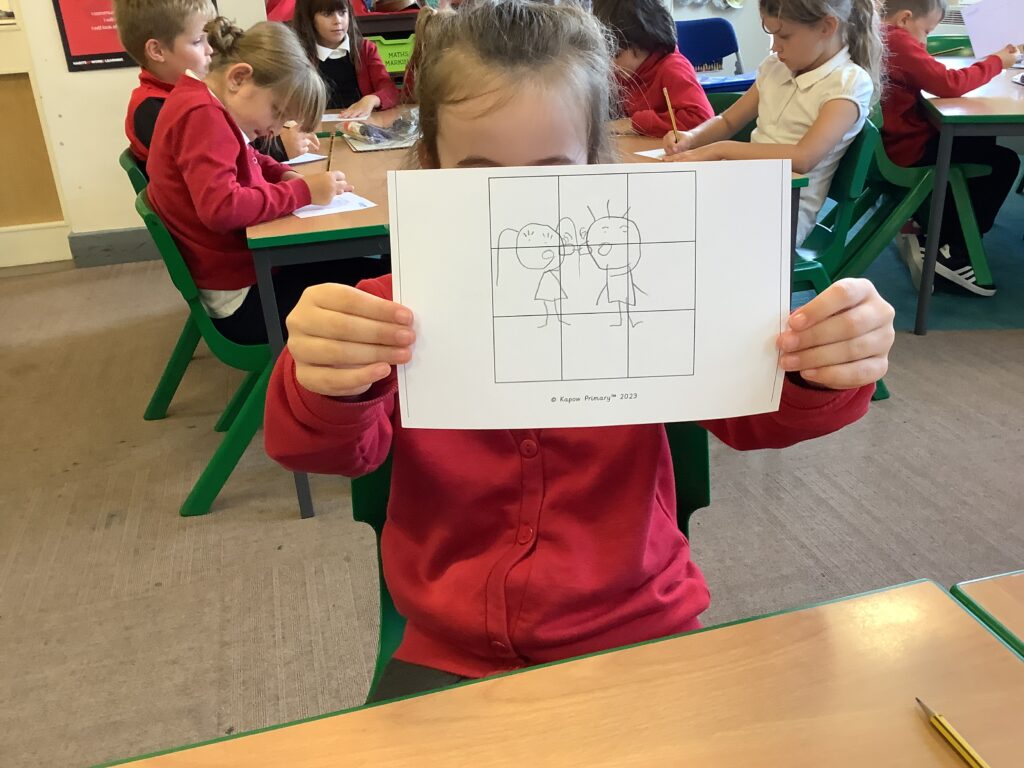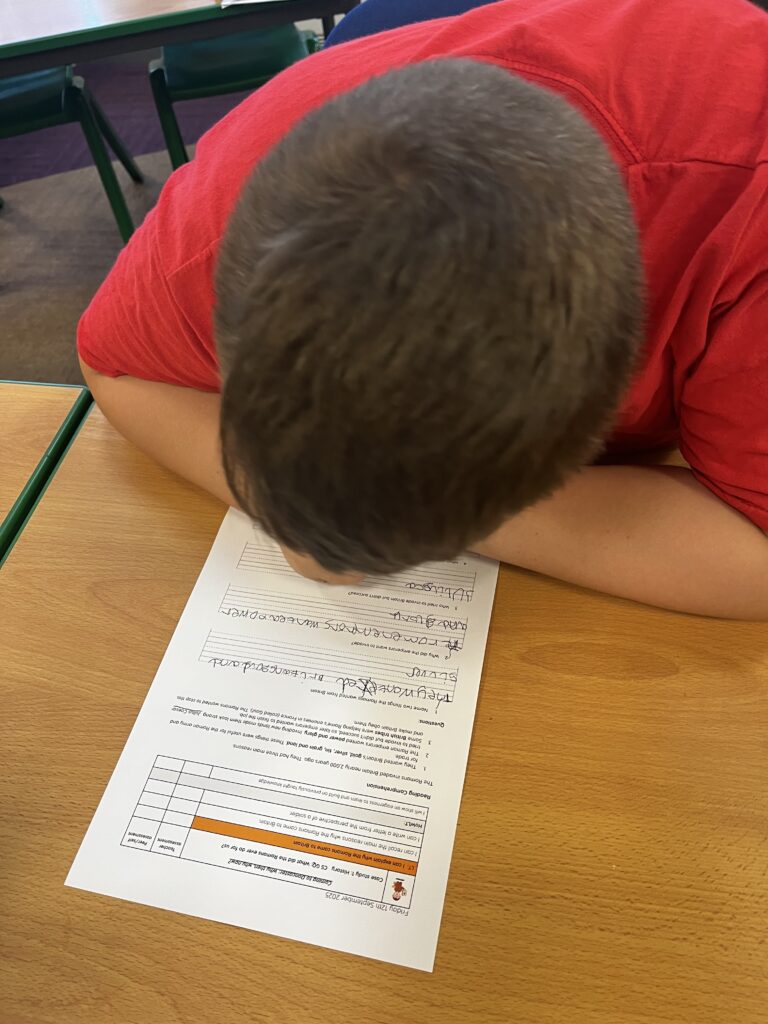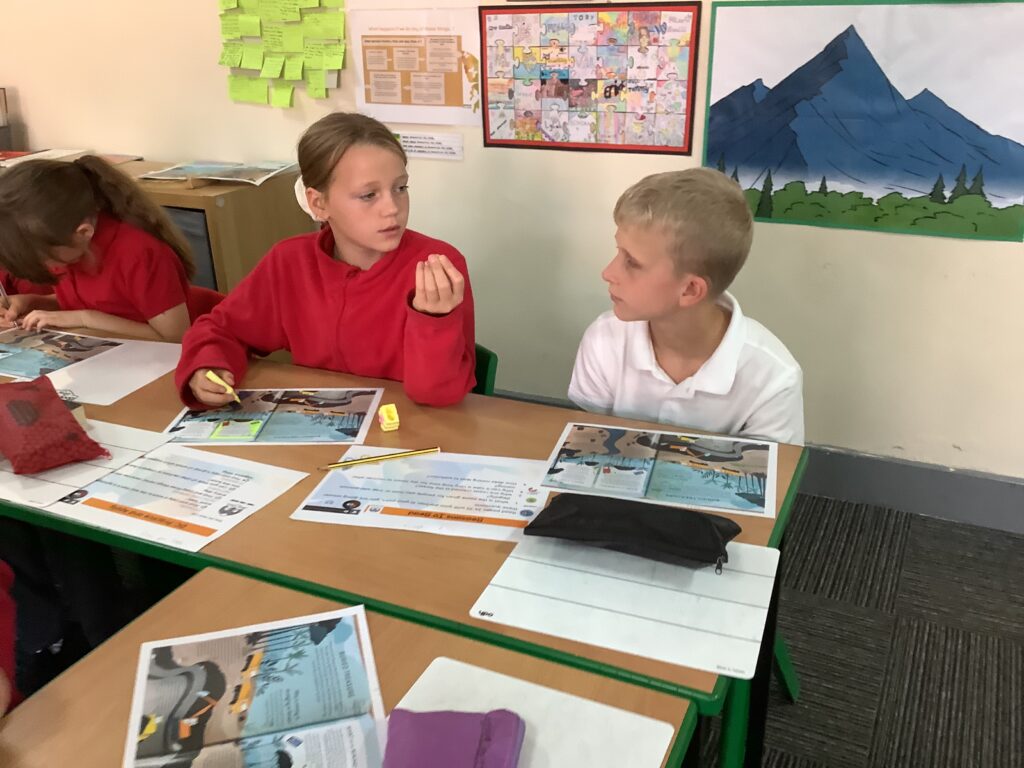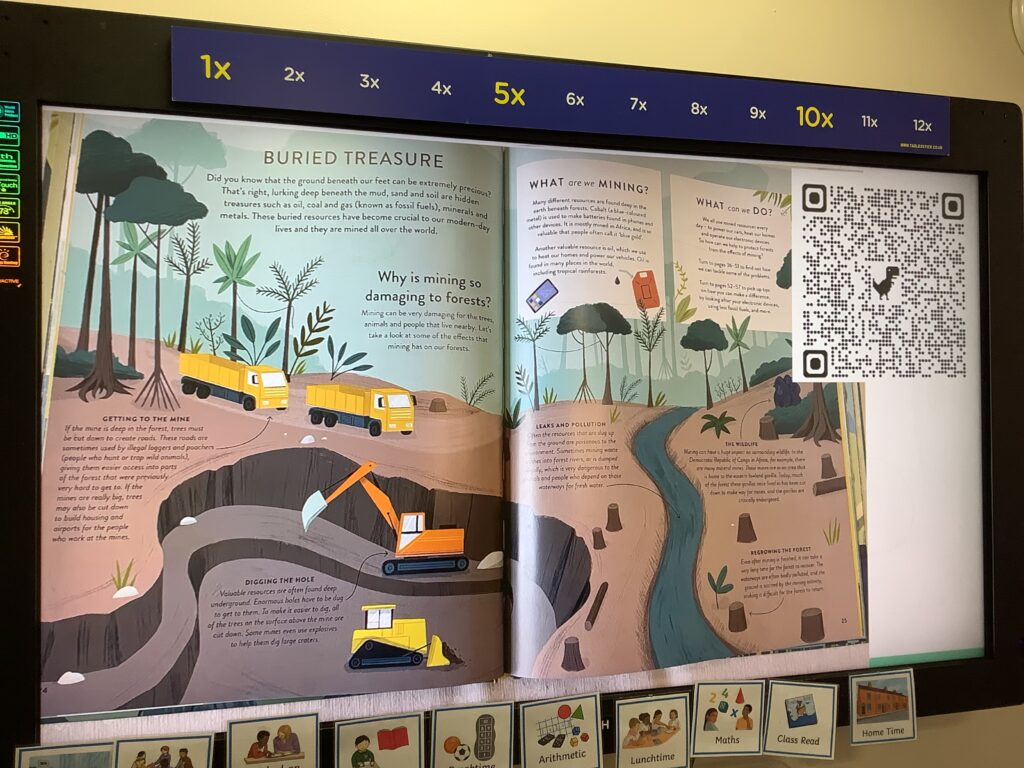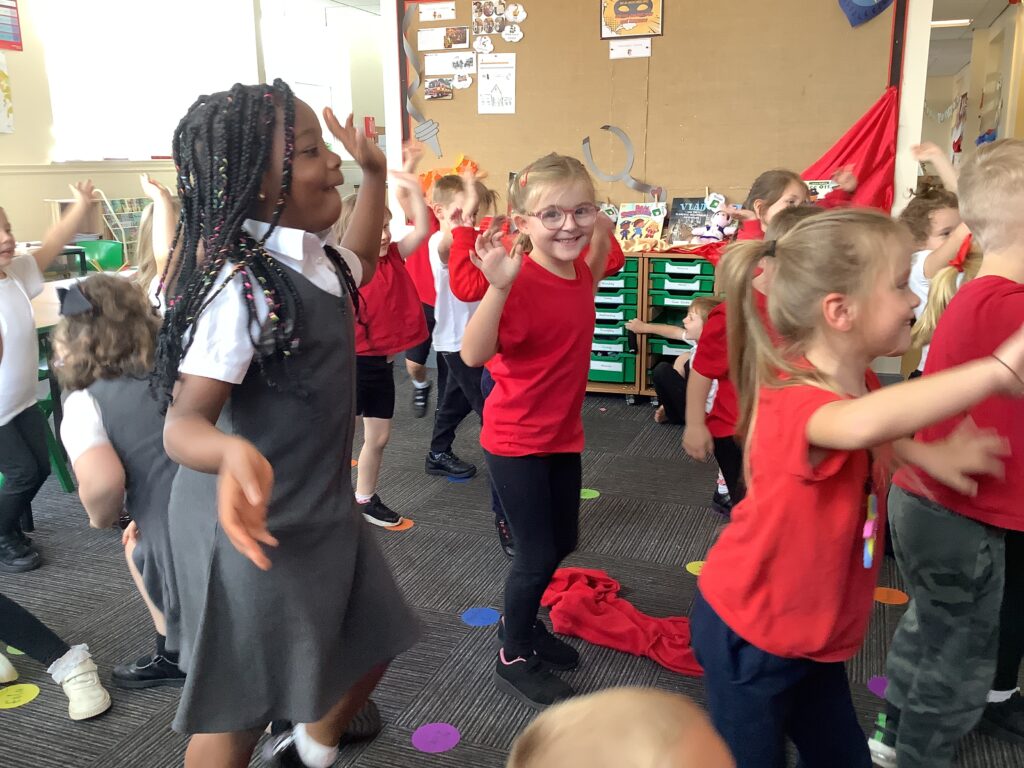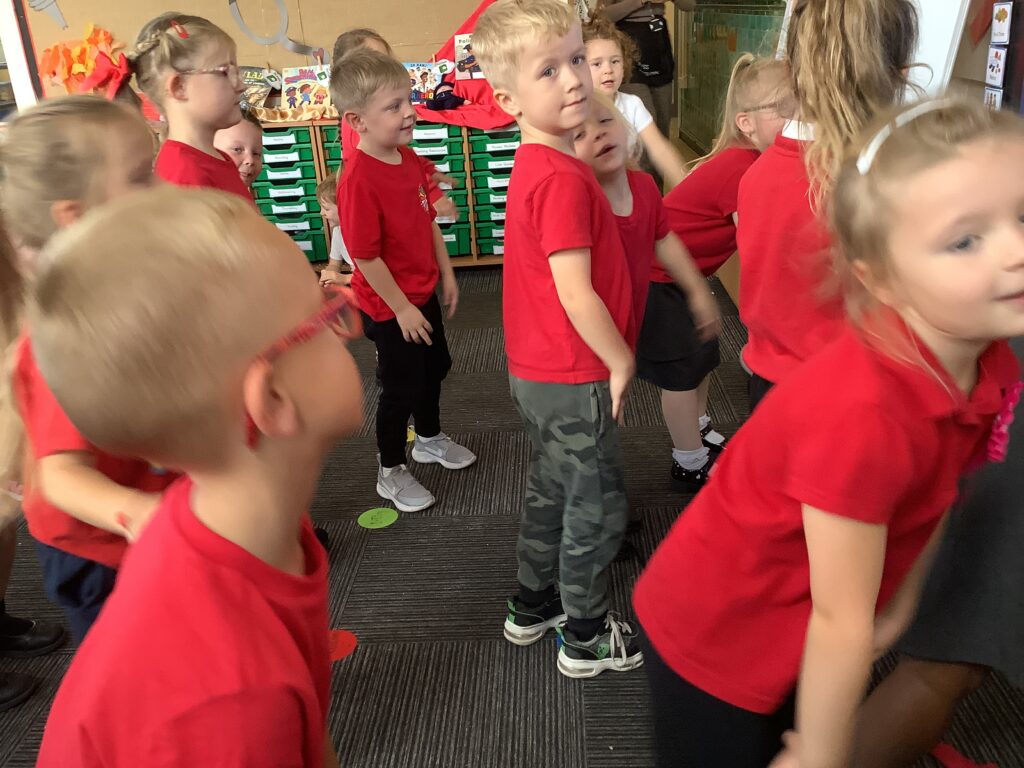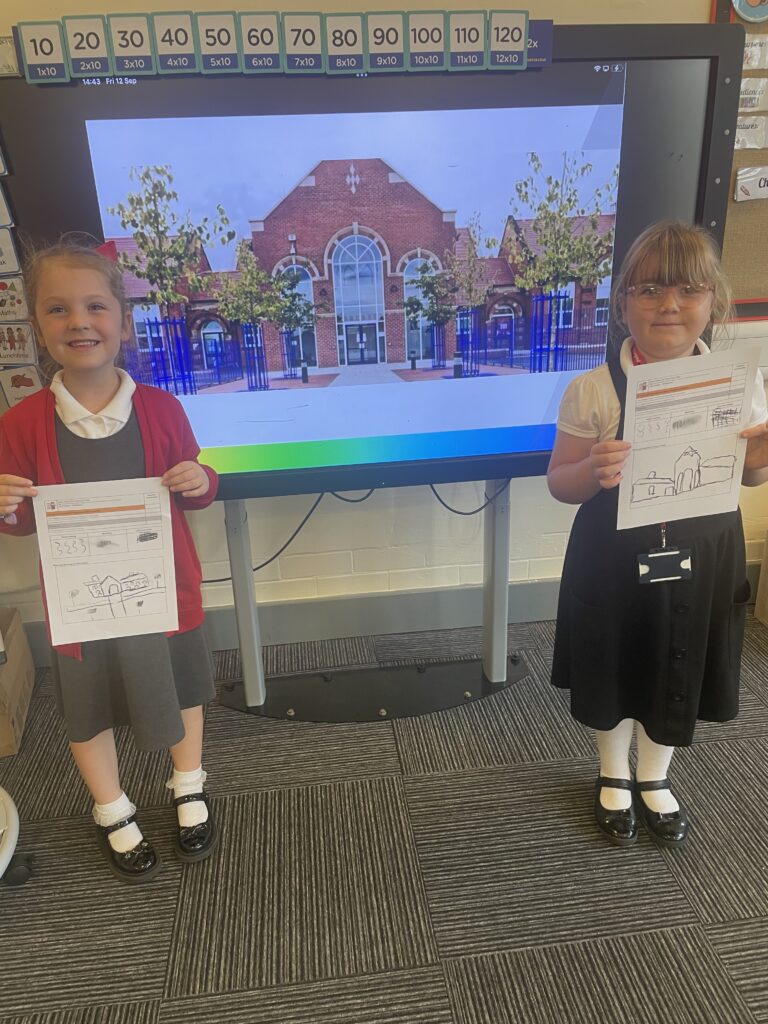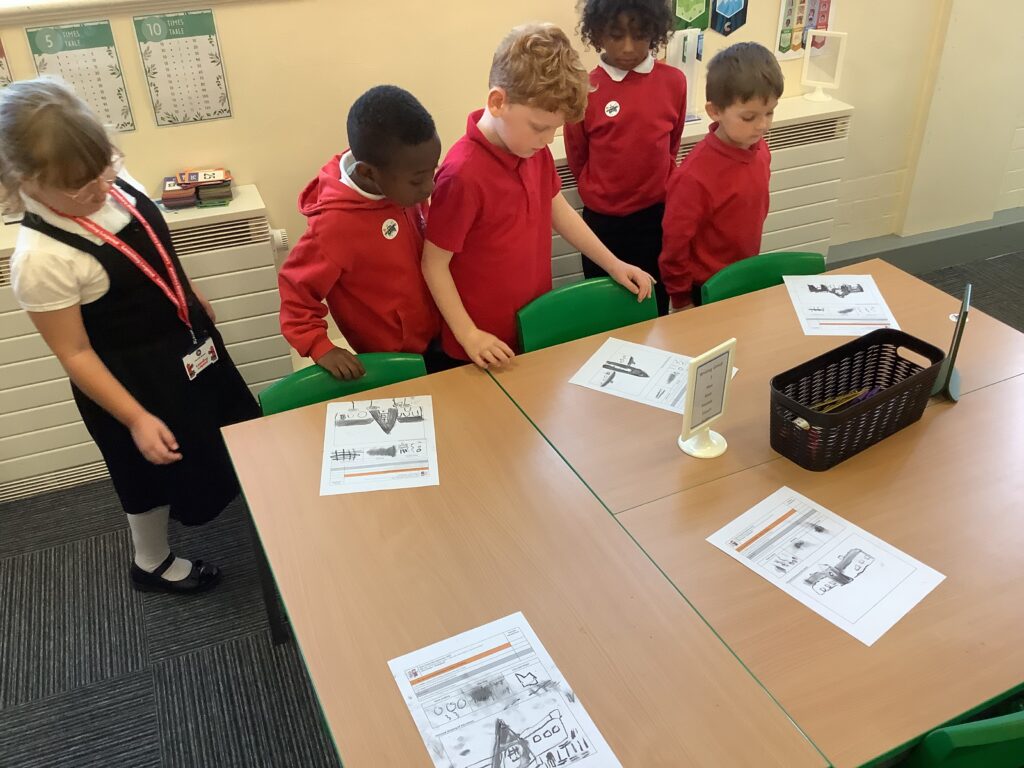In year 6, we learned about the importance of using a secure password. We initially looked at 3 digit passcode but discovered that a computer could hack these within a few minutes. We give this a try and started to think about how we would guess a password. Would you guess randomly or develop a system to finding the code? Children really showed their resilience when building the code and is something we’ll continue next week as children were determined to complete the code and try it out.



















